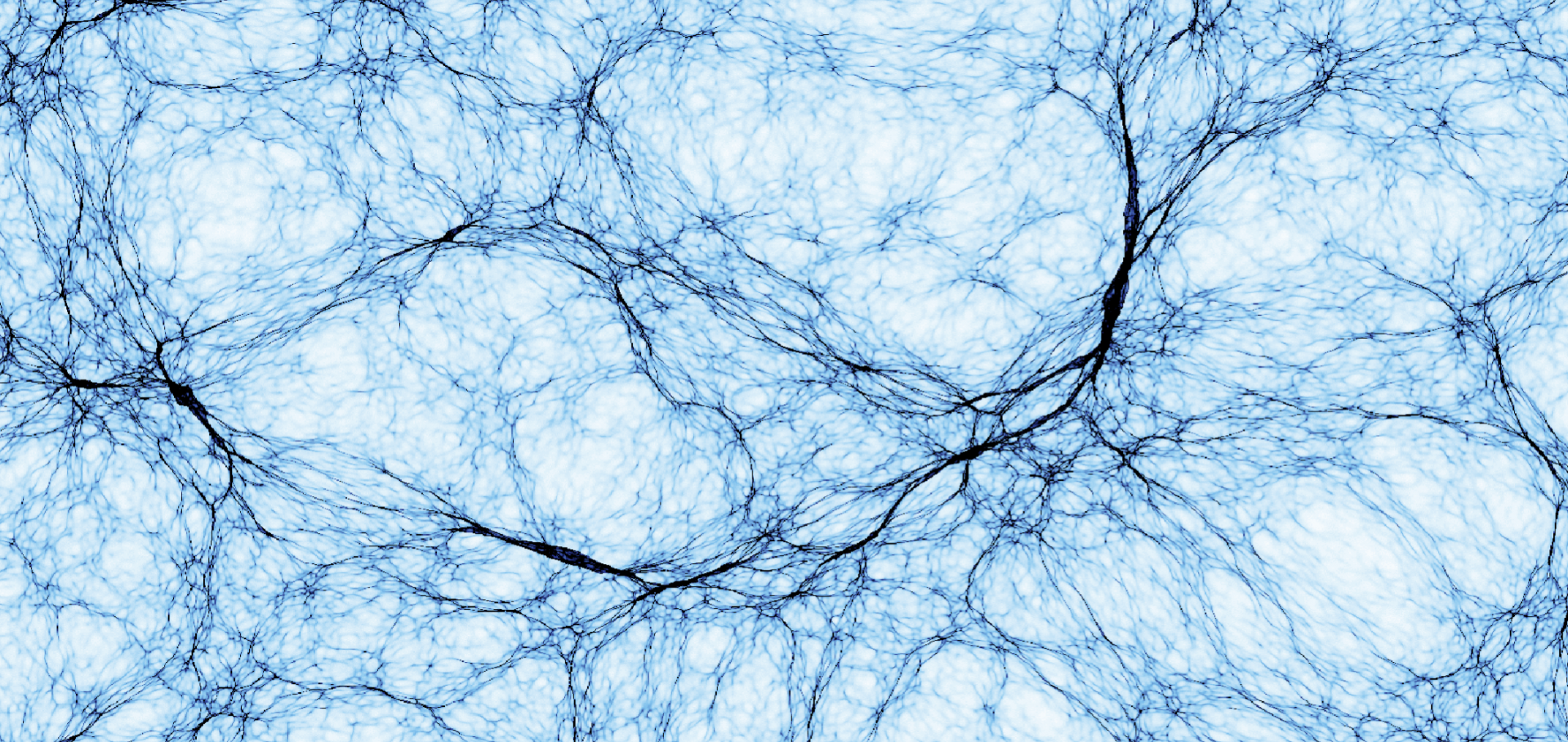Modeling transport in weakly collisional plasmas using thermodynamic forcing
(2025)
Collisional whistler instability and electron temperature staircase in inhomogeneous plasma
Journal of Plasma Physics Cambridge University Press (CUP) 91:2 (2025) E45
Abstract:
<jats:p>High-beta magnetised plasmas often exhibit anomalously structured temperature profiles, as seen from galaxy cluster observations and recent experiments. It is well known that when such plasmas are collisionless, temperature gradients along the magnetic field can excite whistler waves that efficiently scatter electrons to limit their heat transport. Only recently has it been shown that parallel temperature gradients can excite whistler waves also in collisional plasmas. Here, we develop a Wigner–Moyal theory for the collisional whistler instability starting from Braginskii-like fluid equations in a slab geometry. This formalism is necessary because, for a large region in parameter space, the fastest-growing whistler waves have wavelengths comparable to the background temperature gradients. We find additional damping terms in the expression for the instability growth rate involving inhomogeneous Nernst advection and resistivity. They (i) enable whistler waves to re-arrange the electron temperature profile via growth, propagation and subsequent dissipation, and (ii) allow non-constant temperature profiles to exist stably. For high-beta plasmas, the marginally stable solutions take the form of a temperature staircase along the magnetic field lines. The electron heat flux can also be suppressed by the Ettingshausen effect when the whistler intensity profile is sufficiently peaked and oriented opposite the background temperature gradient. This mechanism allows cold fronts without magnetic draping, might reduce parallel heat losses in inertial fusion experiments and generally demonstrates that whistler waves can regulate transport even in the collisional limit.</jats:p>Collisionless conduction in a high-beta plasma: a collision operator for whistler turbulence
Journal of Plasma Physics Cambridge University Press (CUP) 91:1 (2025) e20
Efficient micromirror confinement of sub-teraelectronvolt cosmic rays in galaxy clusters
Nature Astronomy Nature Research 9:3 (2025) 438-448
Abstract:
Cosmic rays (CRs) play a pivotal role in shaping the thermal and dynamical properties of astrophysical environments, such as galaxies and galaxy clusters. Recent observations suggest a stronger confinement of CRs in certain astrophysical systems than predicted by current CR-transport theories. Here, we show that the incorporation of microscale physics into CR-transport models can account for this enhanced CR confinement. We develop a theoretical description of the effect of magnetic microscale fluctuations originating from the mirror instability on macroscopic CR diffusion. We confirm our theory with large-dynamical-range simulations of CR transport in the intracluster medium (ICM) of galaxy clusters and kinetic simulations of CR transport in micromirror fields. We conclude that sub-teraelectronvolt CR confinement in the ICM is far more effective than previously anticipated on the basis of Galactic-transport extrapolations. The transformative impact of micromirrors on CR diffusion provides insights into how microphysics can reciprocally affect macroscopic dynamics and observable structures across a range of astrophysical scales.Numerical simulations of laser-driven experiments of ion acceleration in stochastic magnetic fields
Physics of Plasmas American Institute of Physics 31:12 (2024) 122105


